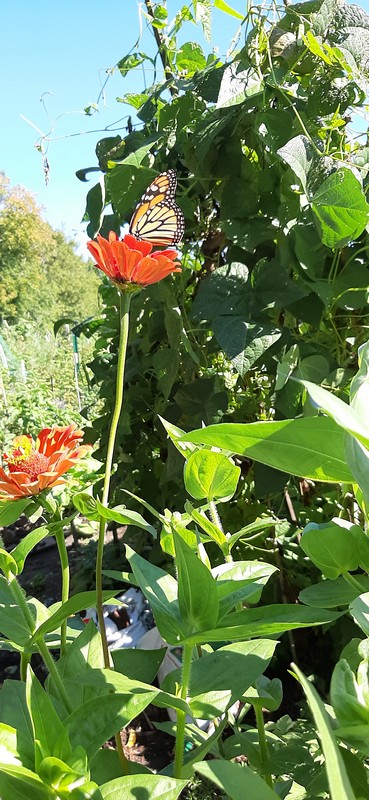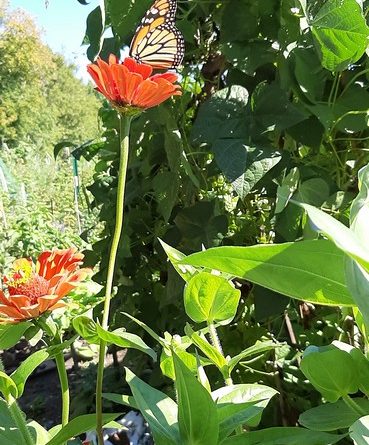Seeking help with establishing butterflyways throughout Sandy Hill
Carina Harb
Pollinators, such as bees, hummingbirds, and butterflies, are extremely important to our ecosystem. I could write pages upon pages about how amazing they are. They are essential to provide us the food we eat, and to flowering plants and fruits that support wildlife; we cannot live without them. In the last decade there has been a steep decline in their population, which is most likely due to habitat loss, climate change, and the increased use of pesticides. With all this saddening knowledge, I wanted to do something to help. I’ve tried buying more organic and local produce, and I’ve also joined the Butterflyway Project by the David Suzuki Foundation, which brings awareness about pollinators in urban areas and encourages individuals and communities to make a difference by creating pollinator patches.
“Pollinator patch” is a term for describing native plant-filled habitat that supports local bees, butterflies, and other beneficial insects. Native plants are species that are from a specific region, and for centuries have cohabited with other species and developed an ecosystem. Ottawa is part of the St. Lawrence Lowlands ecoregion, which means that the entire area is home to a diverse group of species. In fact, the St. Lawrence Lowlands is one of the areas with the highest biodiversity found in Canada. Examples of native plants here are butterfly weed (Asclepias tuberosa), blazing star (Liatris spicata), or the purple stemmed aster (Symphyotrichum puniceum). These three are also hosts to butterflies, which means that they feed off the flower and the females lay their eggs on the same plant.
When choosing native plants, it’s very important to select a plant by its scientific (Latin and sometimes Greek) name since common names are not very specific and may apply to more than one species or sub-species. It is also important to choose pesticide-free seeds, which is why it’s best to visit specialized suppliers. The benefits are that most of these plants are adapted to their regions, are perennial, and require minimal care!
Which is why I’m asking your help, Sandy Hill residents! If you have a small patch of dirt in your front or back yard, or even an empty pot on your balcony, consider planting native flowers which will help our pollinator friends.
If you’d like to learn more, and perhaps start your own native plant garden, please reach out to me at: carhar2001@gmail.com. I’d love to share some links and resources to help out, such as native plant suppliers and plant lists. Thanks for your help!
Here are some resources to get you started
Beaux Arbres (beauxarbres.ca) is a native plant nursery in Bristol, QC. You can contact them to place an order and request delivery.
Ritchie Feed and Seed also has a selection of seeds and plants, but you’ll need to refer to a list of suitable plants to make sure you get the right type. You can find the list and planting guide for the St. Lawrence Lowlands at pollinator.org/guides.

